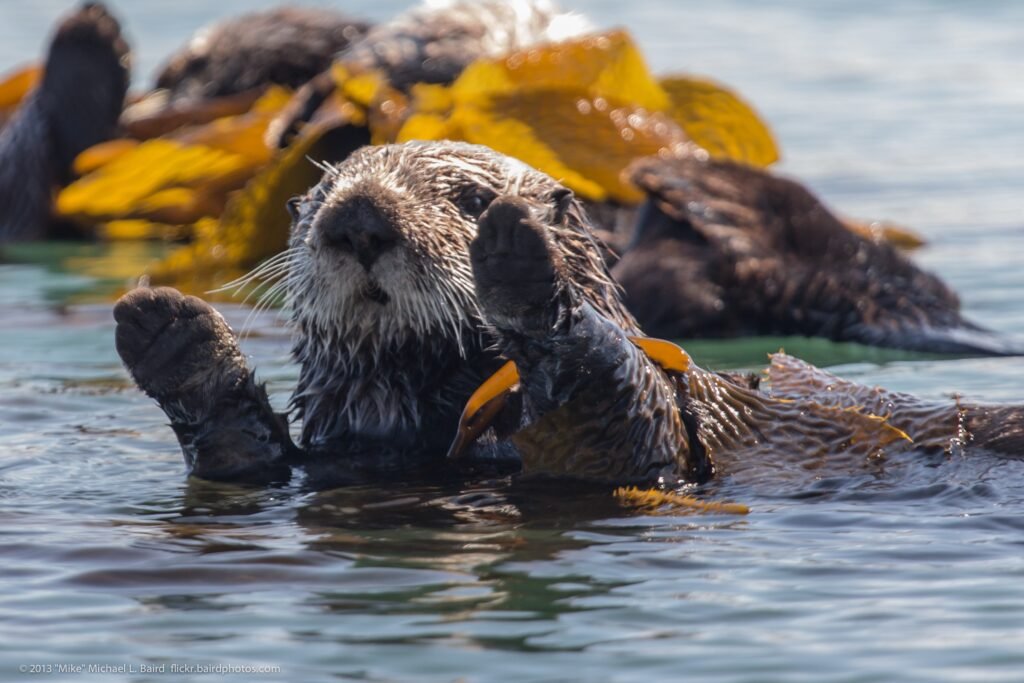California’s underwater forests stand at a crossroads. For over a century, these magnificent marine ecosystems have faced relentless pressure from human interference and climate change. Today, an unlikely hero emerges from the depths to offer hope for recovery.
The southern sea otter, once driven to near extinction by fur traders, has become nature’s most effective kelp forest guardian. Recent scientific breakthroughs reveal just how crucial these charismatic marine mammals are to the health of California’s coastal waters.
The Century-Long Kelp Forest Recovery Story

Monterey Bay Aquarium researchers have studied the link between sea otters and long-term health of California kelp forests. Research has finds that sea otter population growth during the last century enhanced kelp forest resilience in the state.
The study revealed dramatic regional kelp canopy changes over a 100-year period, from 1910 to 2016. During this time there was a significant increase in kelp forest canopy along the central coast, the only region of California where southern sea otters survived after being hunted nearly to extinction for their fur in the 1800s.
Central Coast Success vs Regional Collapse
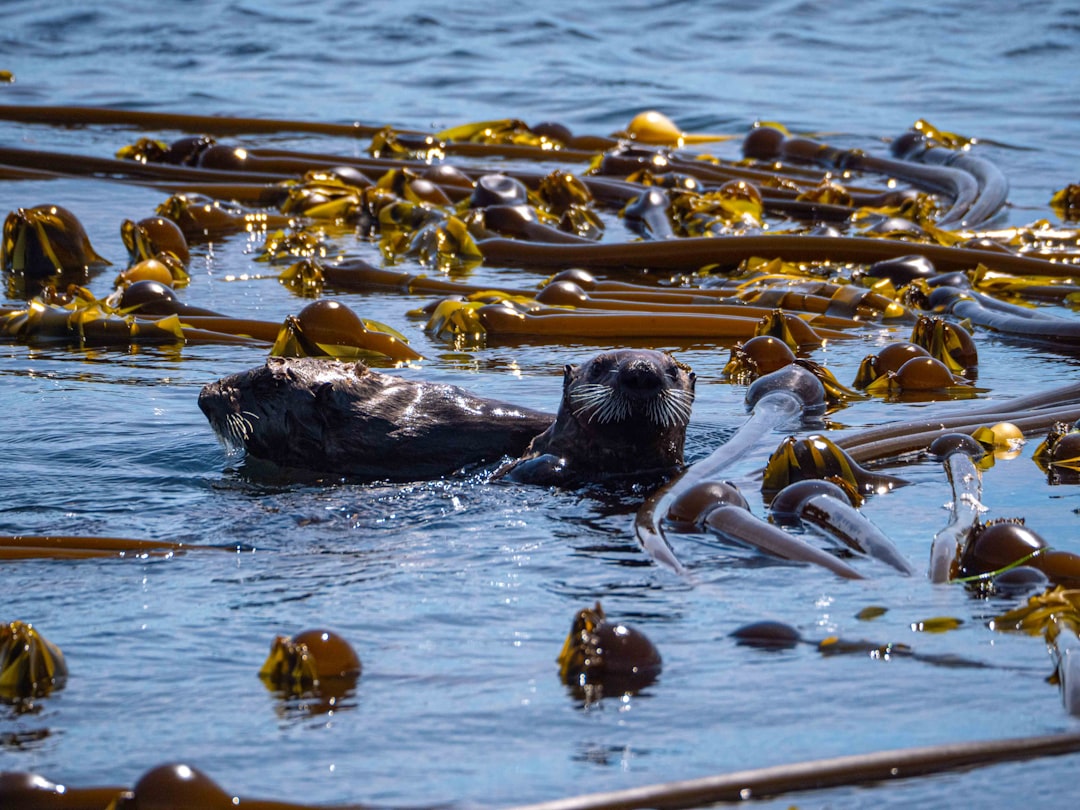
Aquarium researchers found that in Northern and Southern California, within the last century, the kelp forest has declined drastically by 63 and 52 percent, respectively. Meanwhile, in Central California, with the presence of otters, kelp forests have increased by 56 percent.
These statewide comparisons, however, mask dramatic regional changes with increases in Central California (+57.6%, +19.7 km2) and losses along the Northern (-63.0%, -8.1 km2), and Southern (-52.1%, -18.3 km2) mainland coastlines. This stark contrast reveals the extraordinary power of sea otters as ecosystem engineers.
Sea Otters as Marine Ecosystem Engineers
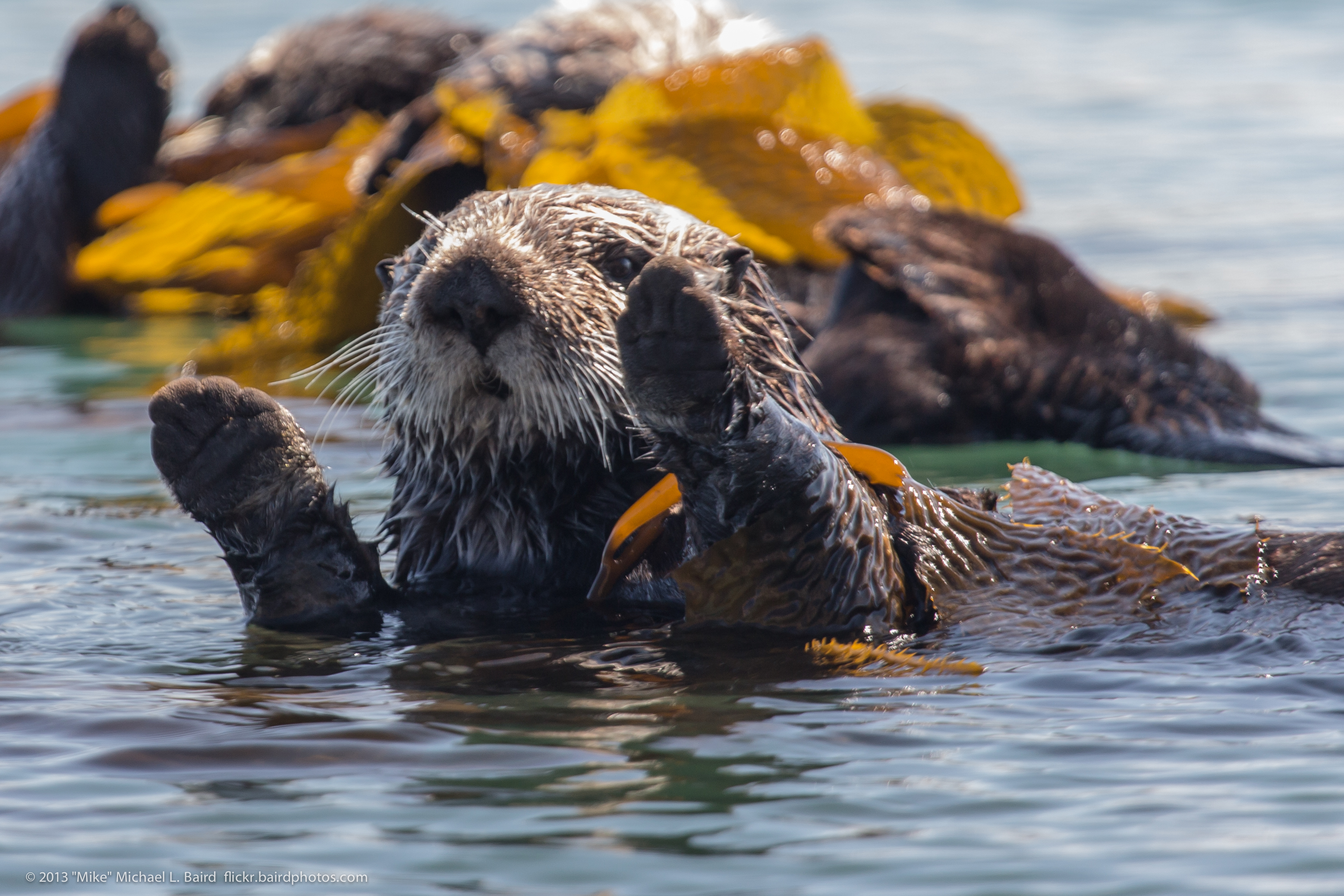
In fact, we found sea otter population density as the strongest predictor of change in kelp canopy coverage across this hundred-year span, according to lead author Teri Nicholson, Senior Research Biologist with the Monterey Bay Aquarium Sea Otter Program. These small marine mammals pack a powerful ecological punch through their voracious appetites.
Otters have a fast metabolism, meaning they have to eat about a quarter of their body weight every day. They have to eat so much that their foraging has a strong impact one way or another, explains sea otter biologist Gena Bentall. This remarkable appetite makes them incredibly effective at controlling sea urchin populations.
The Purple Sea Urchin Crisis

This urchin population boom with few predators to keep their population in check led to widespread and rapid decline of more than 90% of the kelp forest in some regions and an ecosystem shift to an ‘urchin barren’, or urchin-dominated conditions. Urchins can survive on extremely small amounts of food and are even able to shrink in size to reduce energy requirements, so their persistence continues to keep bull kelp from recovering.
In herds, urchins can consume kelp at a rate of 30 feet per month, creating urchin barrens. They can survive long after their food source is depleted, giving them the nickname of “zombie urchins”. Without natural predators, these creatures transform vibrant underwater forests into barren wastelands.
Climate Change and Marine Heat Waves
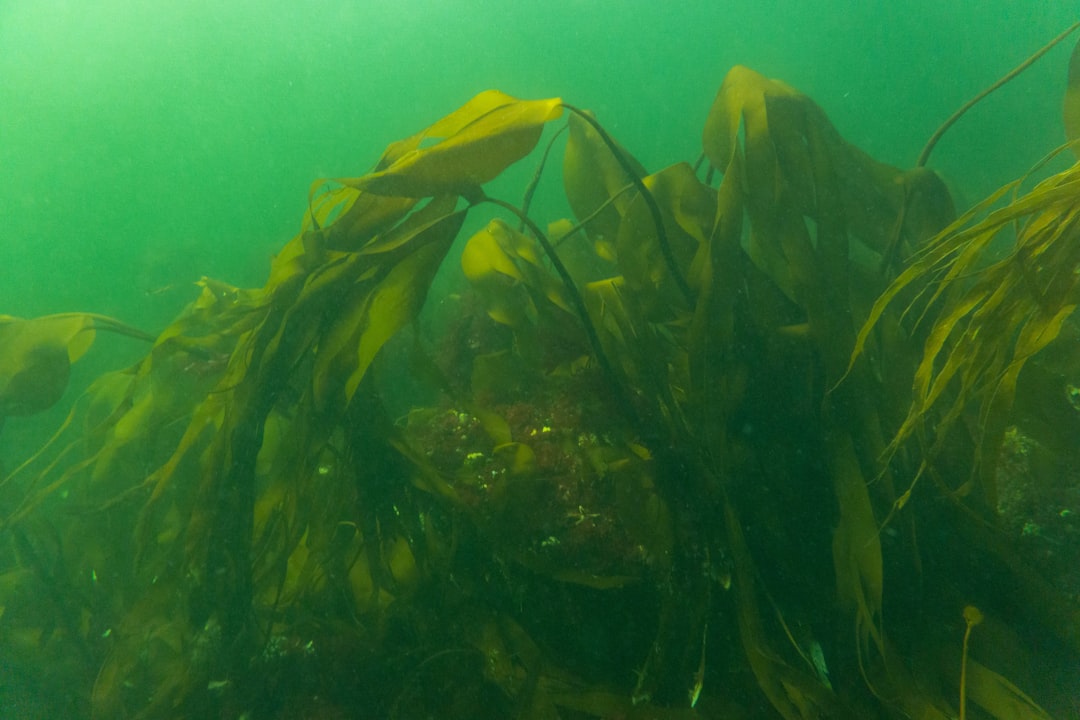
Here, we describe the rapid climate-driven catastrophic shift in 2014 from a previously robust kelp forest to unproductive large scale urchin barrens in northern California. Bull kelp canopy was reduced by >90% along more than 350 km of coastline.
But in 2014, the ocean off California began warming. A mass of warm water in the Pacific Ocean, known as “the Blob,” began expanding, raising temperatures high above normal. This massive marine heat wave created perfect conditions for kelp forest collapse while simultaneously weakening the kelp’s ability to recover.
Sea Star Wasting Disease Disrupts the Food Chain
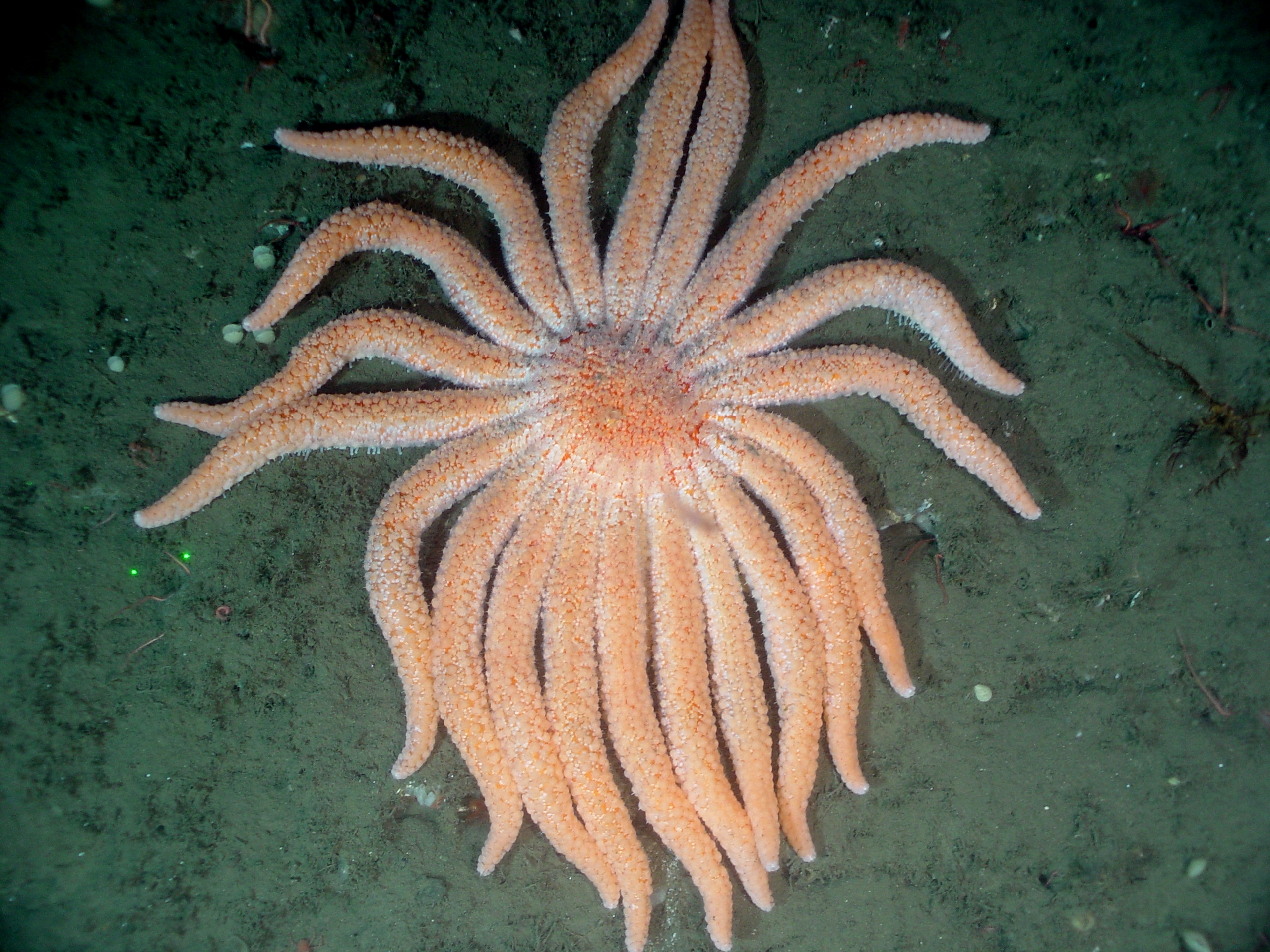
The Sea Star Wasting Syndrome led to the decline of 20 species of sea stars, including the sunflower star, a primary predator of urchins. The sunflower star was listed as critically endangered by the International Union for the Conservation of Nature (IUCN) in 2020.
A series of major disruptions to California’s kelp forest ecosystems began in 2013 with the emergence of sea star wasting disease, which wiped out a sea urchin predator, the sunflower sea star. The next year, an extraordinary marine heatwave bathed the coast in warm water, creating poor conditions for the growth of kelp. This double blow created conditions for ecological disaster.
Recovery Patterns Vary by Location
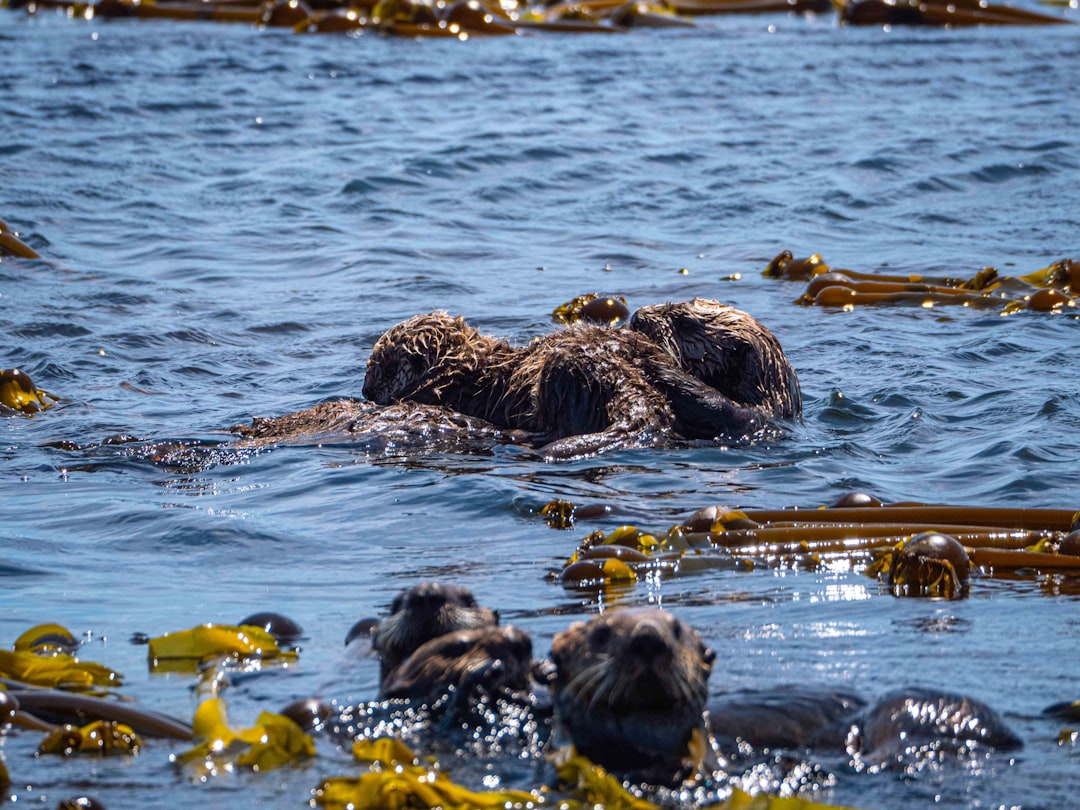
When sea otters were reintroduced along the coastlines of islands in Southern California and British Columbia, researchers saw kelp forests return to areas that were destroyed by sea urchins. But how slow or fast they grew back depended on the location — and until now, scientists didn’t understand why.
Thirty years of data revealed that while kelp forests grew back in both locations, forests in British Columbia regenerated much faster than in Southern California. British Columbia was a classic example of the domino effect, which ecologists call a trophic cascade, that comes with reintroducing a keystone species: otters eat urchins, so kelp can regrow. Complex species interactions in different regions influence recovery speeds dramatically.
Sea Otter Population Recovery Efforts
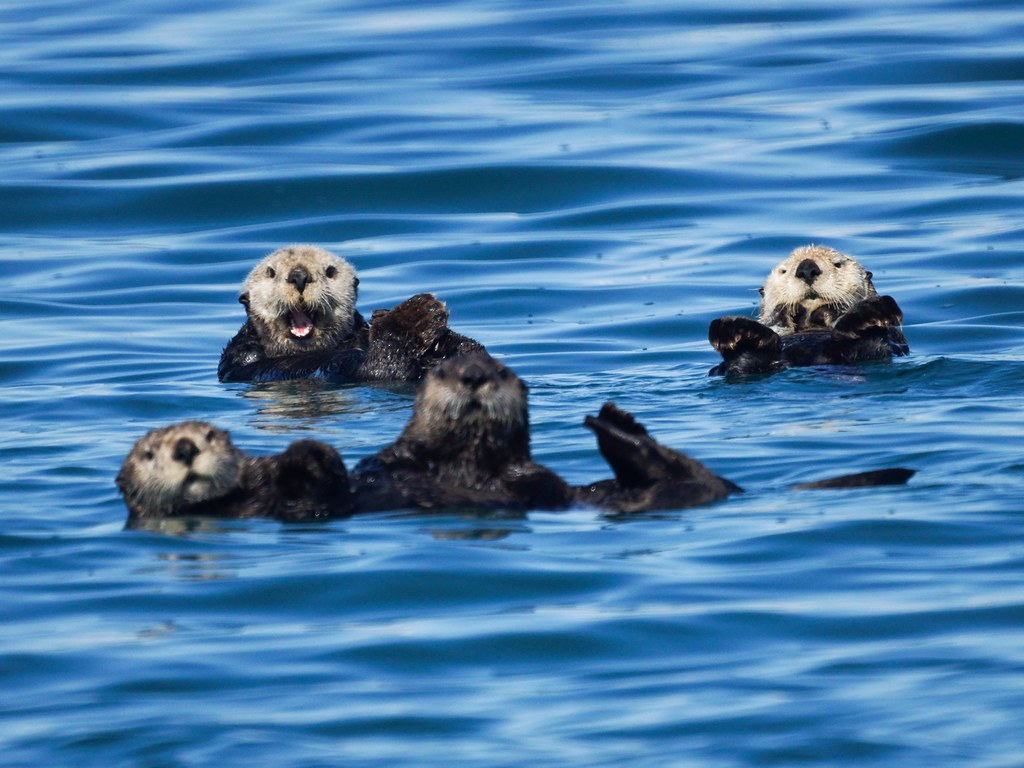
The U.S. Geological Survey (USGS) is pleased to announce the successful completion of the annual rangewide southern sea otter census survey for 2024. The USGS is also developing a new statistical model designed to provide more accurate estimates of the southern sea otter population in California.
The Monterey Bay Aquarium has a successful extensive southern sea otter rehabilitation program which has been ongoing for over thirty years. A key contributor to sea otter recovery in California, the Monterey Bay Aquarium has been rescuing southern sea otter pups since the early 1980s. These dedicated conservation efforts have proven remarkably successful over decades.
Elkhorn Slough Success Story
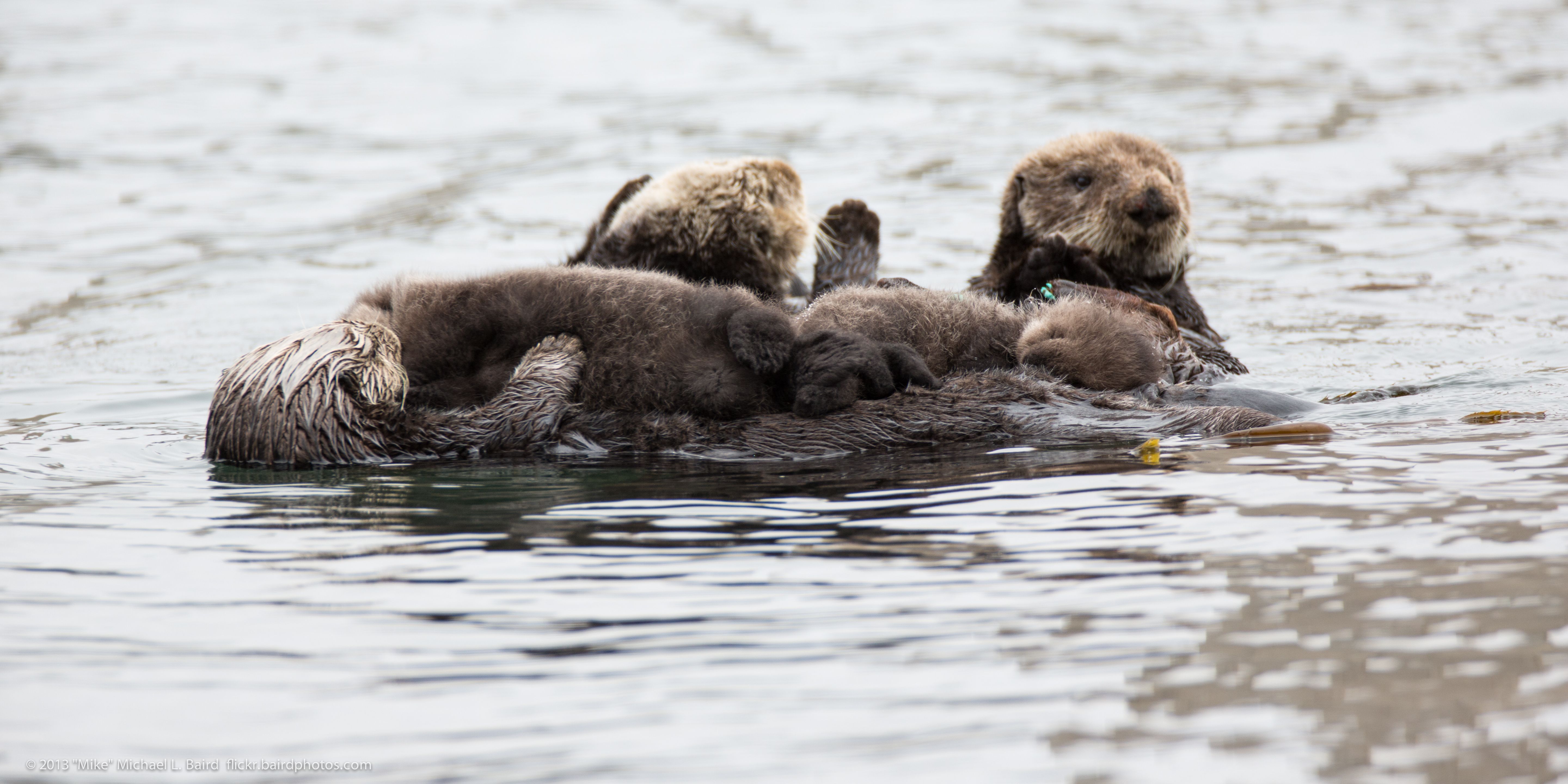
The Sea Otter Program has successfully rehabilitated and released dozens of pups into Elkhorn Slough, a seven-mile-long estuary off the coast of Monterey Bay, California. Data on this population group between 2002 and 2016 found that the released individuals from the program and their continued offspring contributed substantially to the otter population in Elkhorn Slough, showing significant population growth in this area.
A study was published in the journal Biological Invasions, detailing that otters at the Elkhorn Slough are keeping populations of globally-invasive green crab at bay. This demonstrates the far-reaching benefits of sea otter recovery beyond just kelp forest restoration.
Nature-Based Climate Solutions
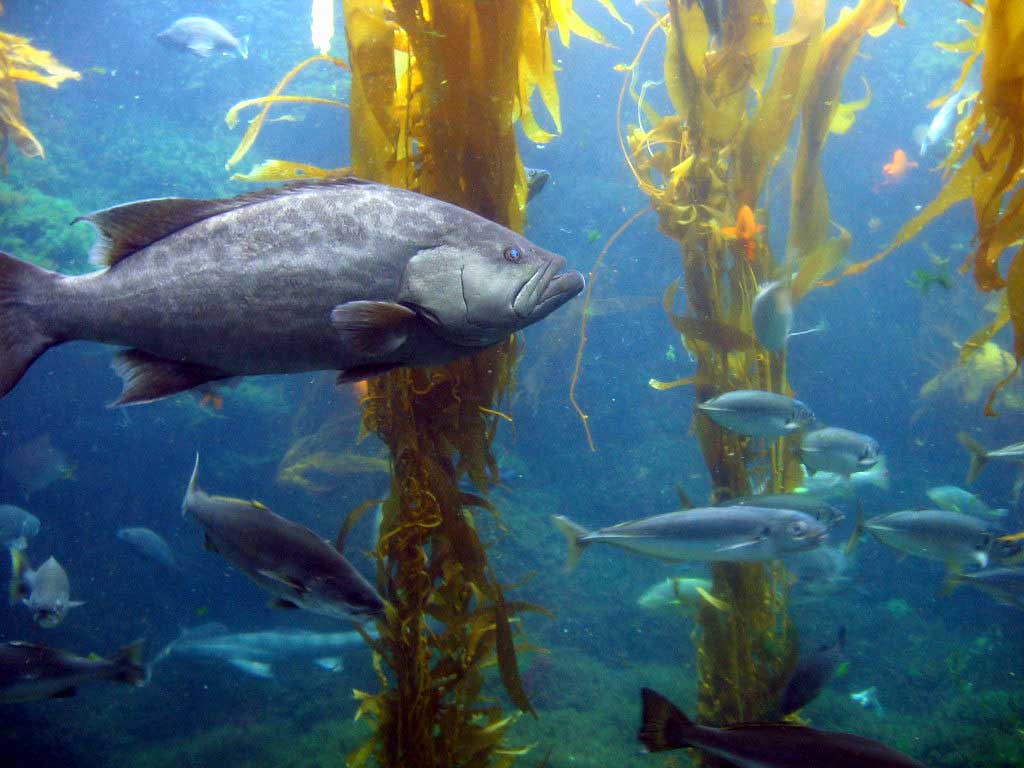
Kelp also buffers waves, absorbing power from storms and protecting the shore from erosion. And they are a great source of carbon storage: Some estimates suggest kelp and other macroalgae can sequester roughly 190 million tons of carbon dioxide per year.
Where coastal development is managed (or mitigated), recovery of sea otters and their trophic relationships may increase kelp forest resilience to climate change, especially when warming temperatures intensify sea urchin recruitment and herbivory. These findings position sea otter recovery as a powerful tool for climate adaptation.
Future Reintroduction Plans
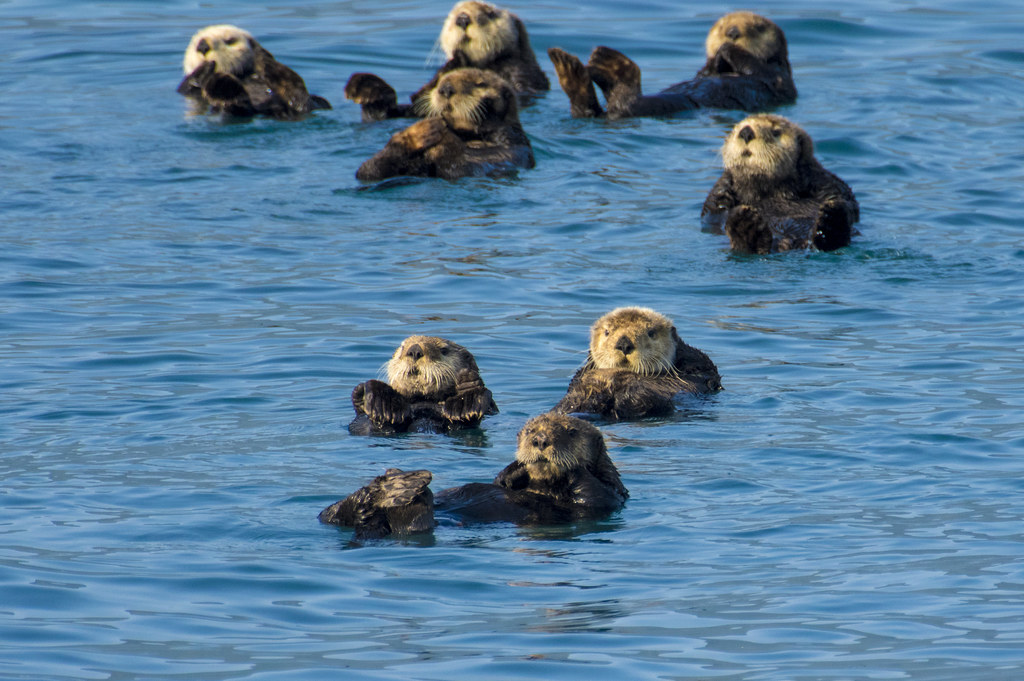
The U.S. Fish and Wildlife Service’s 2022 Feasibility Assessment suggested that reintroduction could simultaneously help recover the threatened population of southern sea otters and restore marine ecosystems in northern California and Oregon.
If reintroduction is deemed appropriate and the U.S. Fish and Wildlife Service launches its formal process, the planning and permitting process could take two or more years to complete. An actual reintroduction could begin a year or more after that. Such ambitious plans represent hope for expanding sea otter recovery beyond their current limited range.
Conclusion
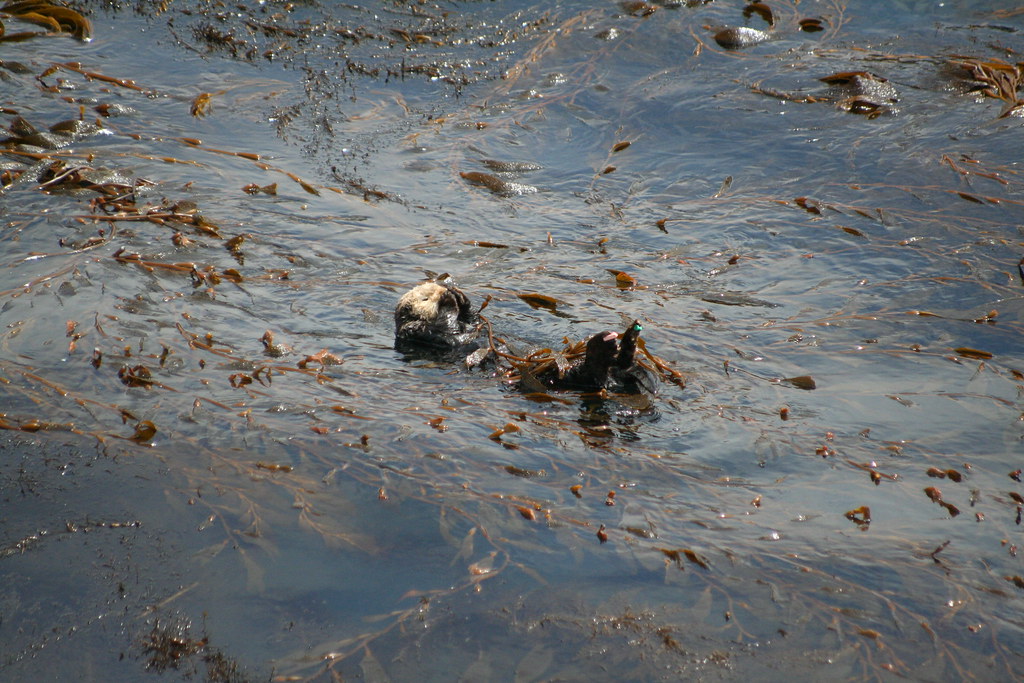
The return of sea otters represents one of conservation’s most remarkable success stories. After nearly disappearing from the coast, these marine mammals have demonstrated their extraordinary power to heal damaged ecosystems. Their presence has transformed barren underwater landscapes back into thriving forests that support countless species and provide crucial climate benefits.
Yet challenges remain. Climate change continues to threaten marine ecosystems with warming waters and extreme weather events. Recovery efforts must expand beyond current boundaries to restore the ecological connections that once linked California’s coastal waters. The science is clear though – where sea otters thrive, so do the underwater forests that form the backbone of marine life along the Pacific Coast.
What do you think about using sea otters as a nature-based solution for climate change? Tell us in the comments.

Jan loves Wildlife and Animals and is one of the founders of Animals Around The Globe. He holds an MSc in Finance & Economics and is a passionate PADI Open Water Diver. His favorite animals are Mountain Gorillas, Tigers, and Great White Sharks. He lived in South Africa, Germany, the USA, Ireland, Italy, China, and Australia. Before AATG, Jan worked for Google, Axel Springer, BMW and others.

